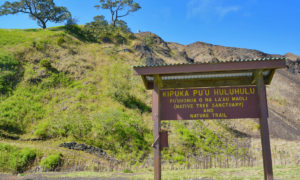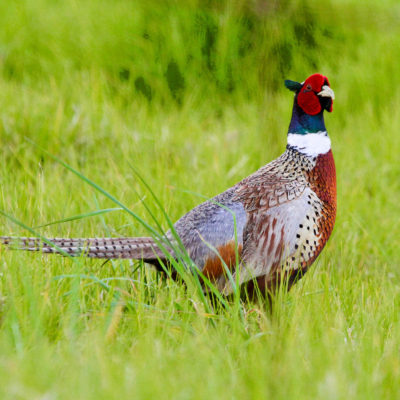Phasianus colchicus | ring-necked pheasant
Introduced
Other Names: common pheasant
The ring-necked pheasant is native to Asia and has been introduced throughout the world as a gamebird, and here in Hawaiʻi in the 1860s. At about 30 inches in length, the males are a bright gold with chest-nut brown feathers with species of iridescent green and purple. Their head is a dark metallic green with a red wattle. The females are drab brown with darker spots. Due to their attractive feathers, local feather workers fashion luxurious hatbands to adorn paliolo (Hawaiian cowboy) hats.
Hotspots for ring-necked pheasant
- James Campbell National Wildlife Refuge | Details for James Campbell National Wildlife Refuge
- Kahakapao Recreation Area | Details for Kahakapao Recreation Area
- Polipoli Spring State Recreation Area | Details for Polipoli Spring State Recreation Area
- Waikamoi Preserve (The Nature Conservancy-PRIVATE) | Details for Waikamoi Preserve (The Nature Conservancy-PRIVATE)
- Hosmer Grove (Haleakalā National Park) | Details for Hosmer Grove (Haleakalā National Park)
- Leleiwi Overlook (Haleakalā National Park) | Details for Leleiwi Overlook (Haleakalā National Park)
- Honua‘ula Forest Reserve (Makāula -‘O‘oma section) | Details for Honua‘ula Forest Reserve (Makāula -‘O‘oma section)
- Pu‘u Wa‘awa‘a ʻŌhiʻa Trail | Details for Pu‘u Wa‘awa‘a ʻŌhiʻa Trail
- Waiki‘i (off Old Saddle Road) | Details for Waiki‘i (off Old Saddle Road)
- Palila Forest Discovery Trail | Details for Palila Forest Discovery Trail
- Pu‘u Huluhulu Trail | Details for Pu‘u Huluhulu Trail
James Campbell National Wildlife Refuge
Wetland
Kahakapao Recreation Area
Wet forest
Polipoli Spring State Recreation Area
Dry forest
Waikamoi Preserve (The Nature Conservancy-PRIVATE)
Wet forest
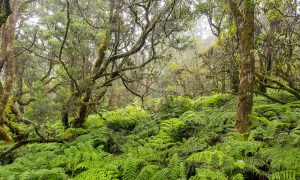
Hosmer Grove (Haleakalā National Park)
Dry forest
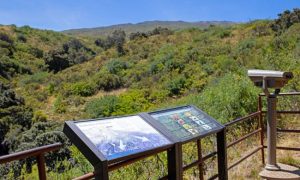
Leleiwi Overlook (Haleakalā National Park)
Dry forest

Honua‘ula Forest Reserve (Makāula -‘O‘oma section)
Wet forest
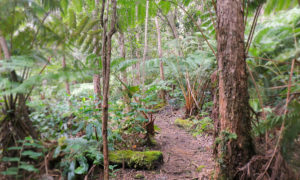
Pu‘u Wa‘awa‘a ʻŌhiʻa Trail
Dry forestPasture and grasslands
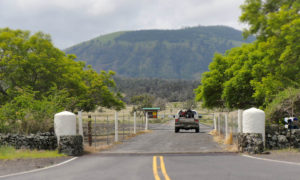
Waiki‘i (off Old Saddle Road)
Pasture and grasslands
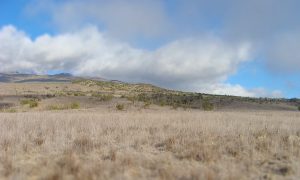
Palila Forest Discovery Trail
Dry forest
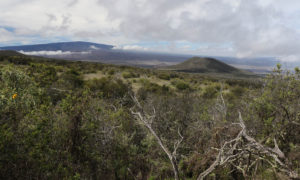
Pu‘u Huluhulu Trail
Dry forest
